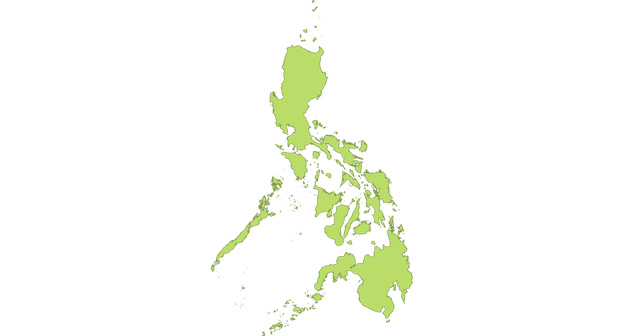
The Philippines’ experiences in agrarian reform span more than two decades. The country already has a comprehensive legal and policy framework with the purport of enhancing access to land to basic sectors of society: farmers, fishers, indigenous peoples, and forest communities. In view of this, monitoring has extended beyond the traditional confines of agrarian reform implementation for small farmers, and into claiming ancestral lands of indigenous peoples and securing rights of fishers to municipal waters and foreshore lands. It looks at the government’s targeted areas for reform under three different laws: agrarian lands, municipal waters, and ancestral domains, vis-à-vis actual accomplishments. This focus on tenure security also includes threats such as disputes, overlapping claims, and encroachment.
Asian NGO Coalition Philippines
In future, some of the policy issues for land monitoring will include: the completion of the land acquisition and distribution component of CARPER (by 2014); the provision of support services; budget; and the efficiency
of the agrarian reform process and dispute resolution.
Access to Land
- 4.203,025 million ha of lands out of 5.163 million ha was distributed by the Department of Agrarian Reform (DAR); and 3.194,293 million ha out of 3.960 by the Department of Environment and Natural Resource (DENR) covering 2.494,659 and 2.247,213 Agrarian Reform Beneficiaries (ARBs) respectively by the year 2010 (DAR Accomplishment Report 2010).
- About 1 million ha of farmlands remain undistributed to farmers. More than 650,000 farmers are deprived of the chance to benefit from agrarian reform.
- As of 2010, most of the remaining 1 million ha for distribution under CARP is privately owned agricultural lands. The accomplishment rate for these lands was a low 19% as of June 2010.
Land Disputes
Based on the records of some NGOs, there are a total of 2,377 individuals affected by agrarian-related violence. Twenty of which were killed, 131 were detained, and 638 were evicted (PhilDHRRA, 2011).
Food Security and Nutrition
- Around 50% of 88.7 million Filipinos live in rural areas (NSO, 2007)
- Around 45% of farmers in the country in 2006 are poor (PhilDHRRA, 2011).
- Over 31 million poor Filipinos are found in rural areas (World Bank, 2004). Poverty incidence remains highest among farming and fishing families. Within agriculture, farm workers in sugarcane, small farmers in coconut, rice and corn, fishermen and forester households are among the poorest, accounting for 70% of the country’s subsistence households in 2000 (National Statistics Coordination Board, 2000).
- Recent data on Family Income and Expenditure Survey 2012 has revealed that food poverty or subsistence incidence was estimated at 10% in the first semester of 2012 (National Nutrition Council, 2013).
- The magnitude and severity of underweight prevalence were found to be very high in 9 of the 80 provinces. Stunting among 0-5 year old children is 32.3% with 10.2% considered severely stunted (World Food Programme, 2012).
- The 2008 National Nutrition Surveys showed that 28.6% of mothers/caregivers experienced food insecurity. Among households, 72.7% were considered food insecure (National Nutrition Council, 2013).visit us for more details at: https://angoc.org/
